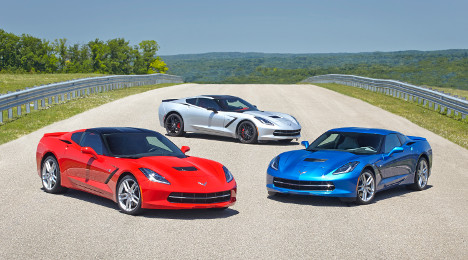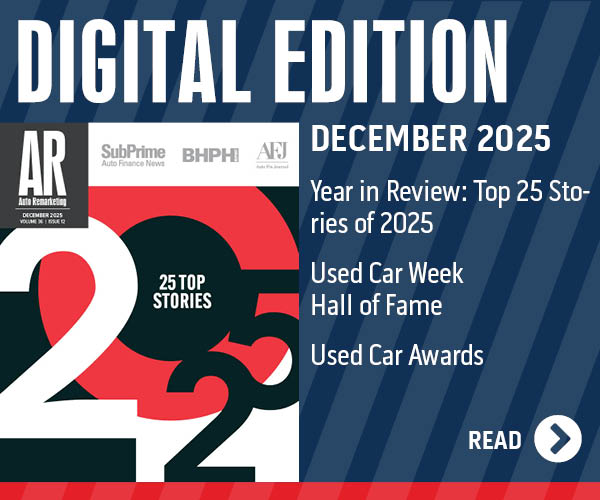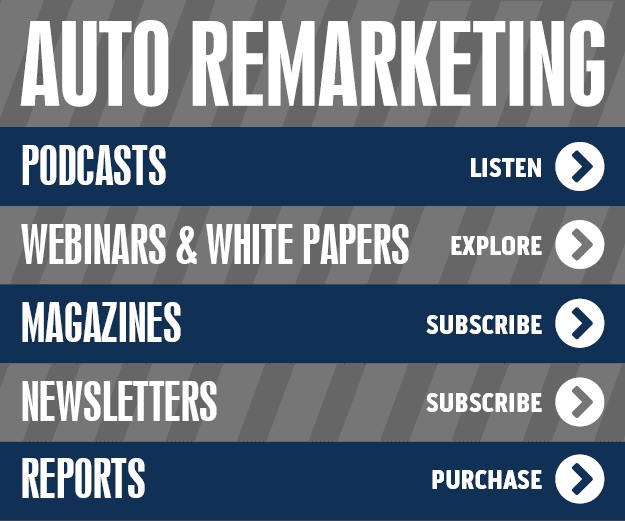ALG Weighs In On Residuals for High-End Sports Cars

By subscribing, you agree to receive communications from Auto Remarketing and our partners in accordance with our Privacy Policy. We may share your information with select partners and sponsors who may contact you about their products and services. You may unsubscribe at any time.
SANTA BARBARA, Calif. –
In its January/February Industry Report, ALG took an in-depth look at three premium sports cars to see how their residual values stack up against fellow models in their respective segments and within their own brands.
Starting with the 2014 Chevrolet Corvette Stingray, its 36-month residual value is at 57 percent. This is 6 percentage points higher than the premium performance segment and 8 points higher than Chevrolet’s brand average.
“The C7 Stingray continues the Corvette lineage with tremendous technology, potent performance, enhanced refinement, and a coveted ALG Residual Value Award. Though opinions are polarized on the monumental styling change from circular to rectangular quad taillights, who could sneer at 460 horsepower?” ALG said in the report.
The firm would go on to laud the sports car for a laundry list of ieatures, including things like “brute force driving dynamics,” strong gas mileage and various plush amenities, just to name a few.
Interestingly enough, the only thing that may limit residuals is that the car will likely be extremely popular and fly off the lot.
“It’s no hyperbole to label the Corvette Stingray a sports car bargain. High projected sales volume — and thus 36-month used supply — is the sole limiting factor in the this award-winning ALG residual forecast,” the report said.
Subscribe to Auto Remarketing to stay informed and stay ahead.
By subscribing, you agree to receive communications from Auto Remarketing and our partners in accordance with our Privacy Policy. We may share your information with select partners and sponsors who may contact you about their products and services. You may unsubscribe at any time.
Next up was the 2014 Jaguar F-Type. Its 36-month residual (53 percent) was slightly ahead of the average for the premium roadster segment (52 percent), but beat the Jaguar brand by 9 percentage points.
“After a 40-year sabbatical since the E-Type’s retirement, the new F-Type roadster marks Jaguar’s return to the realm of a pure sports car. The new car lives up to its lineage with extroverted design and tight, track-tuned driving dynamics,” ALG indicated. “Positioned against the Porsche 911 in powertrain but closer to the Boxster in price, the nimble F-Type’s introduction relegates its pricier big brother, the XK, to the status of mere boulevard cruiser.
“Three supercharged engines are on offer— a 340-hp V6, a 380-hp V6 S, and a 495-hp V8 S. ALG forecasts the relatively well-priced base V6 trim to retain a significantly higher proportion of its typically equipped MSRP than the up-level powertrains.”
Lastly, ALG examined the 2014 Porsche Cayman, whose 36-month residual was at 50 percent. This modestly trailed the premium roadster average (52 percent) and the overall Porsche average (51 percent).
“Like the 2013 Boxster, the mid-engine Cayman coupe is updated to the 981 generation platform for 2014. Best-in-class handling evolves along with the body, and the interior is now more upscale as well. Although the Cayman S power output is bested by even the base F-Type V6, the Porsche offers man-machine precision matched by few supercars, let alone (approximately) $66,000 sports cars,” the firm suggested.
ALG went on to note that the Cayman fetches a stronger MSRP than the Boxter, which it said is not too common when it comes to “coupe/convertible relationships.”
ALG did point out that, “its 36-month dollar-value residual advantage, however, is much smaller. Like the F-Type, the base Cayman has a strongerresidual forecast than the more powerful S.”


